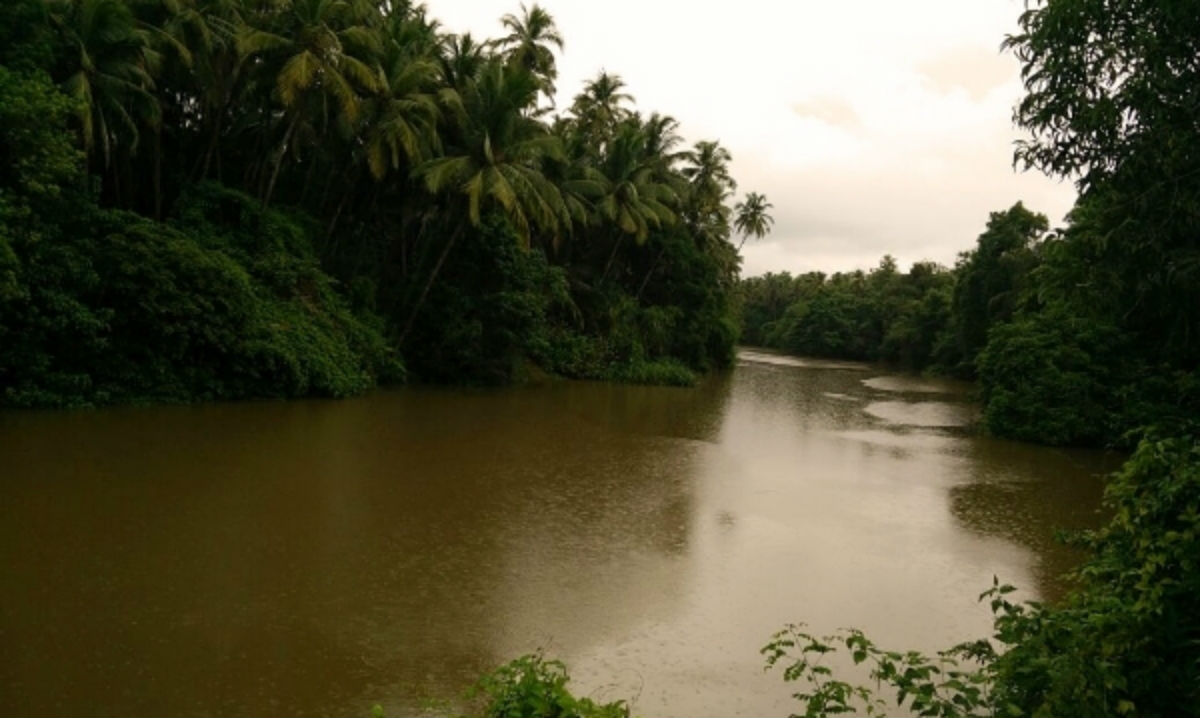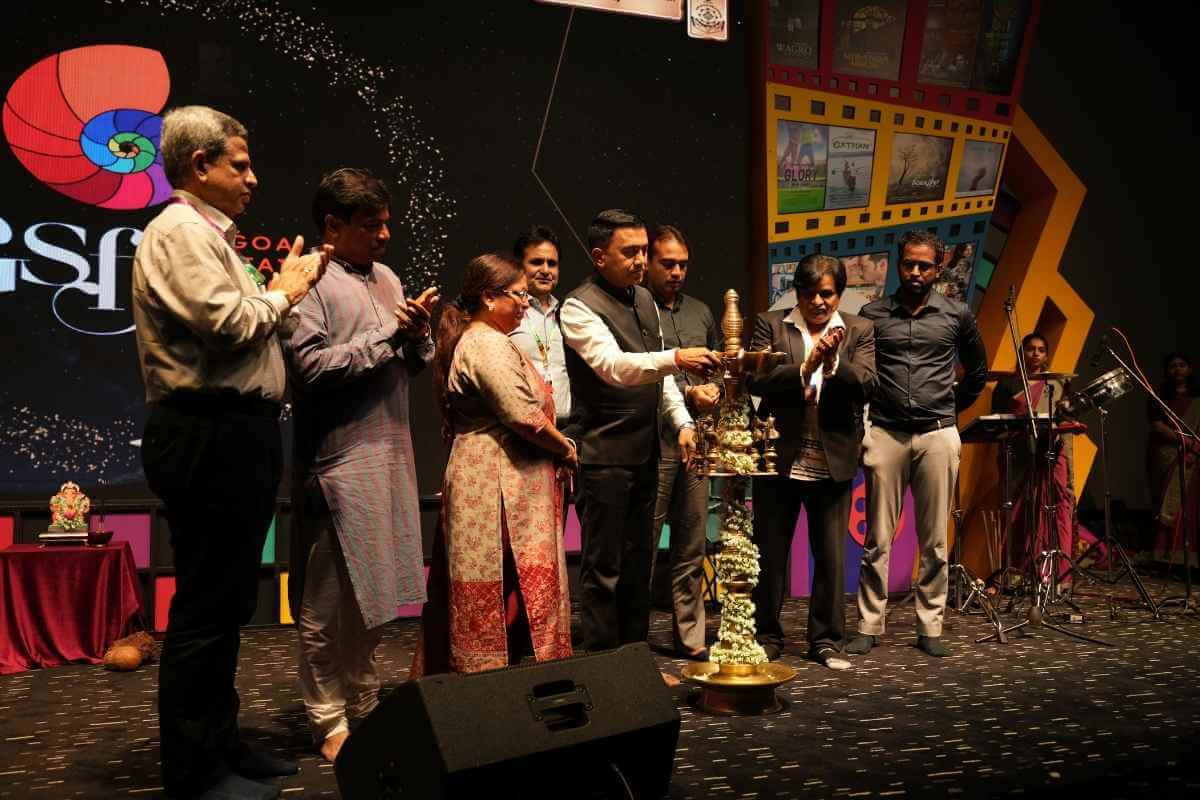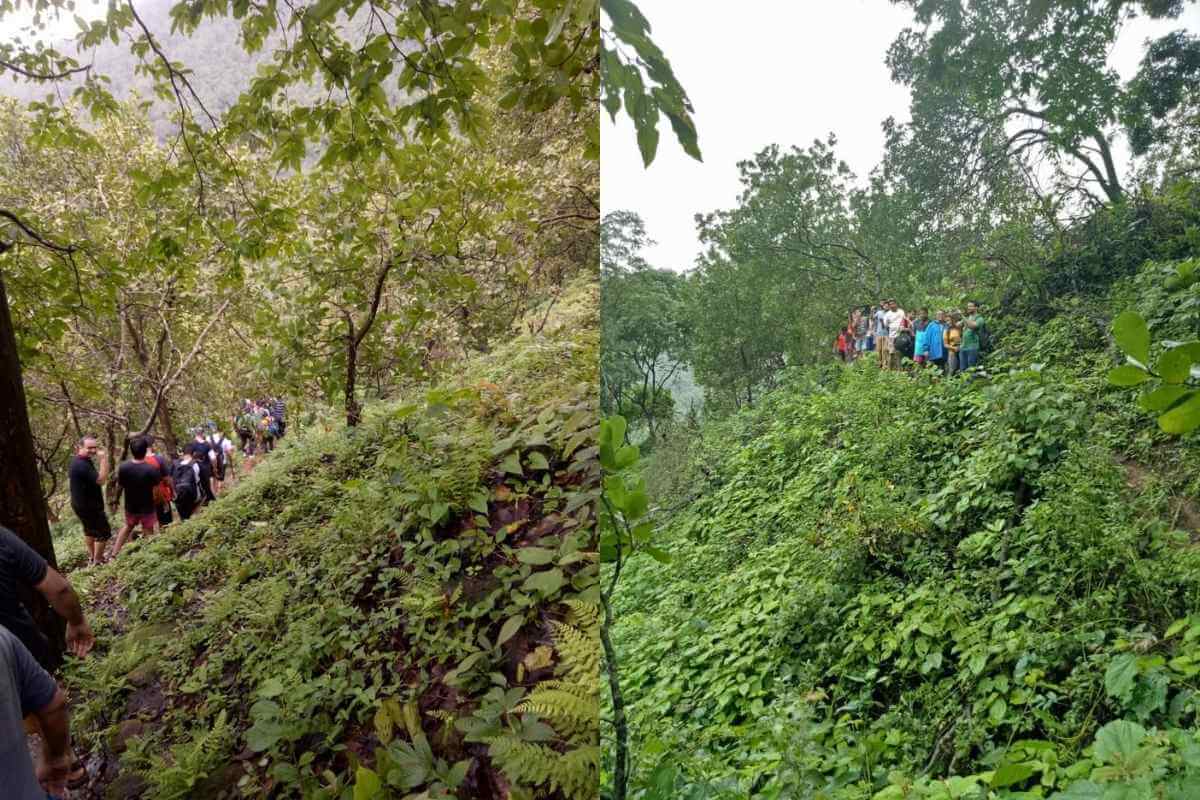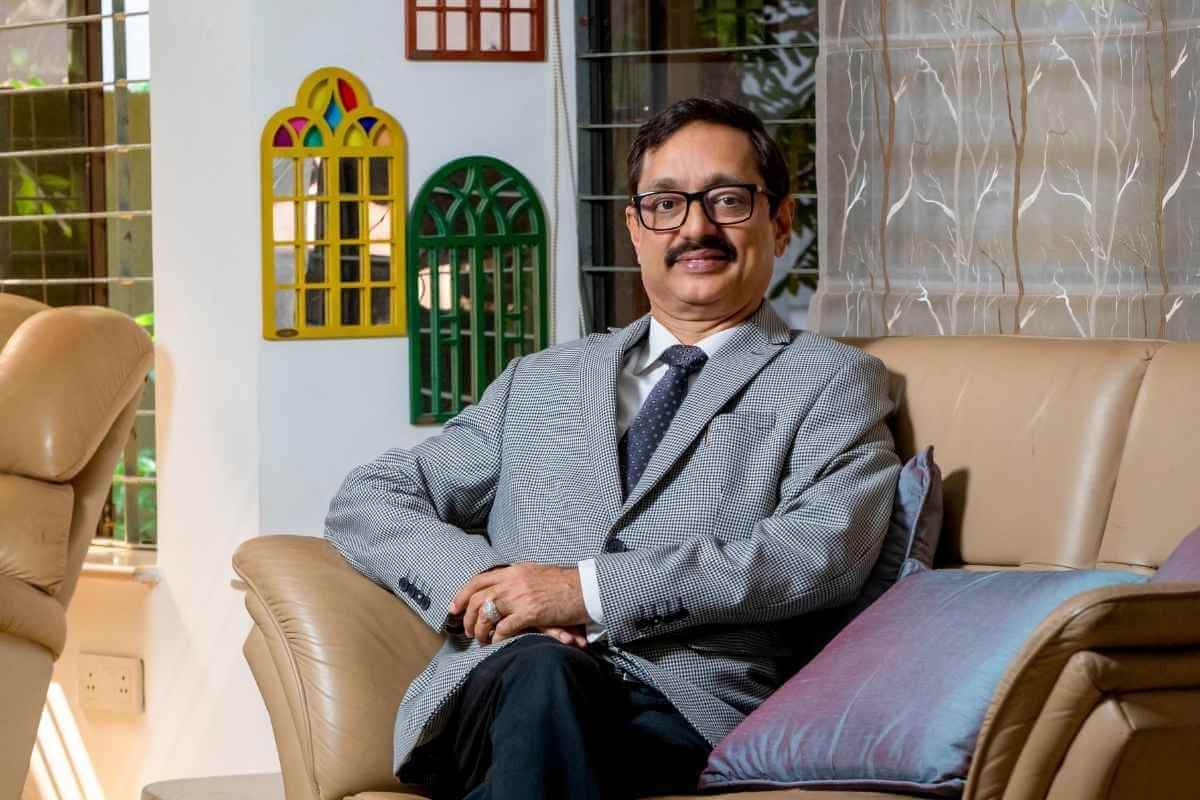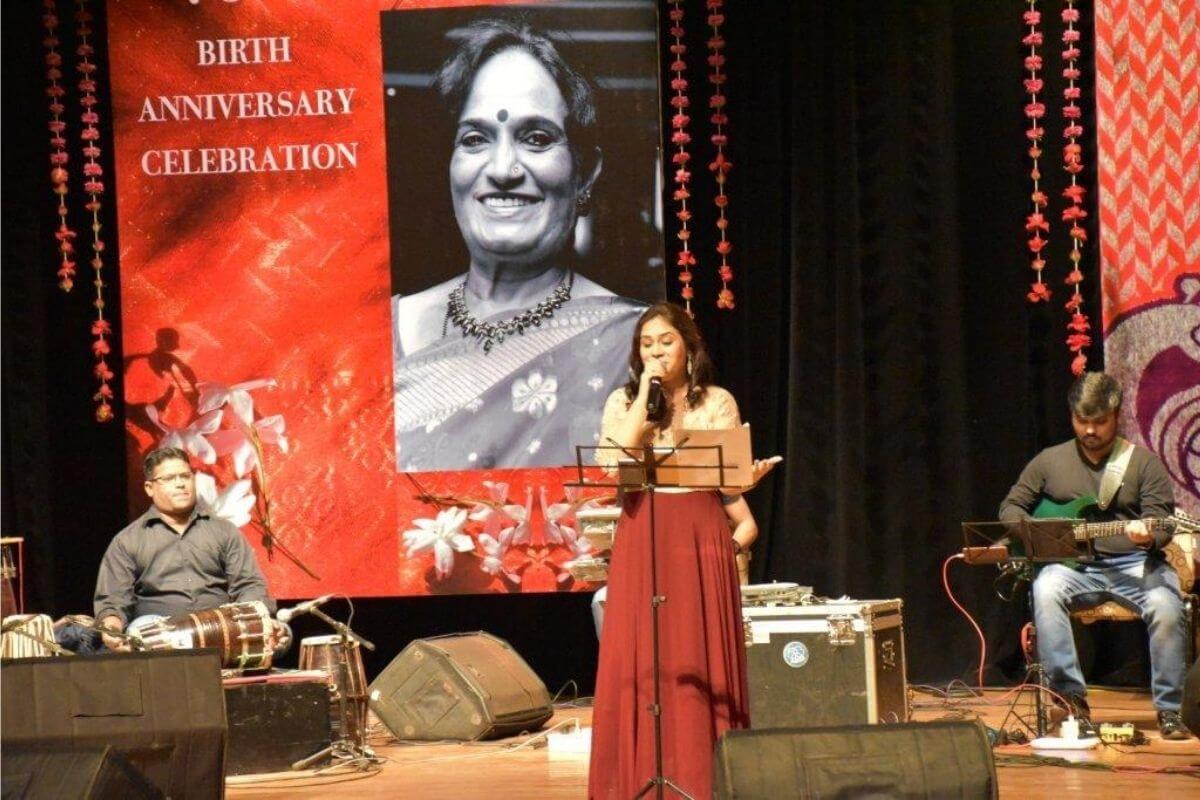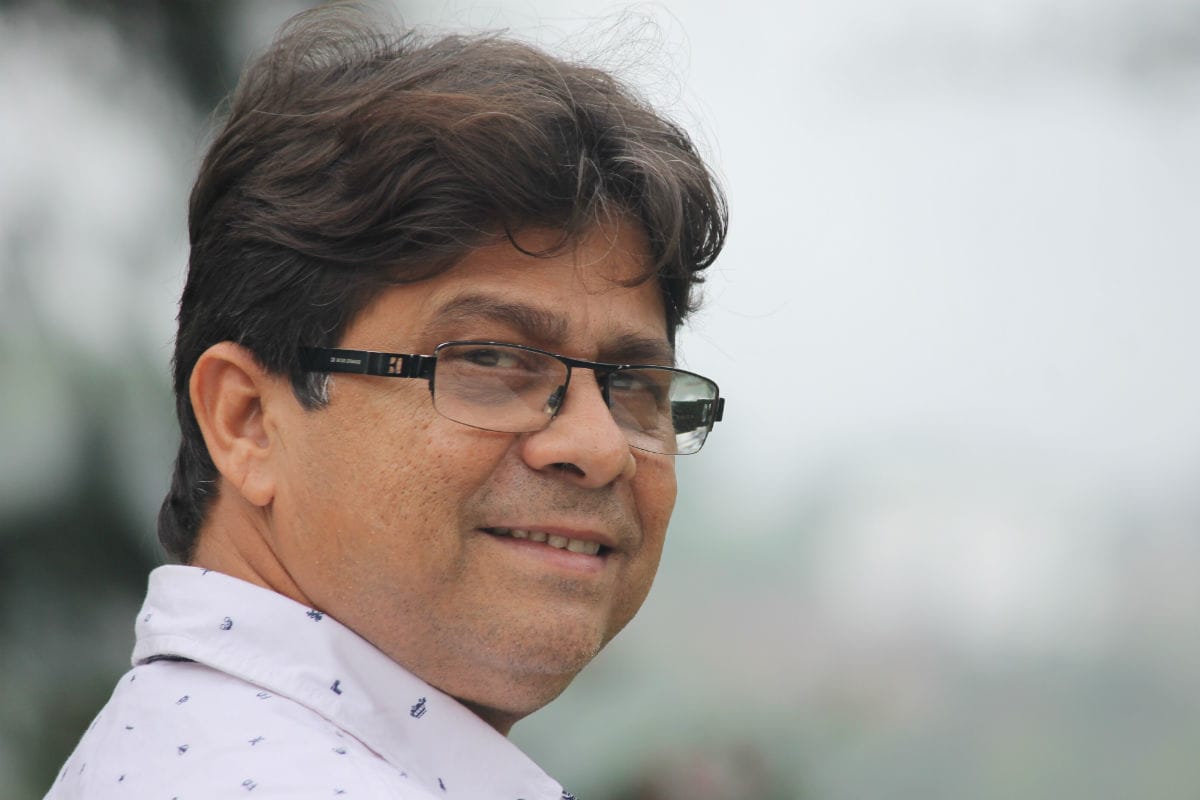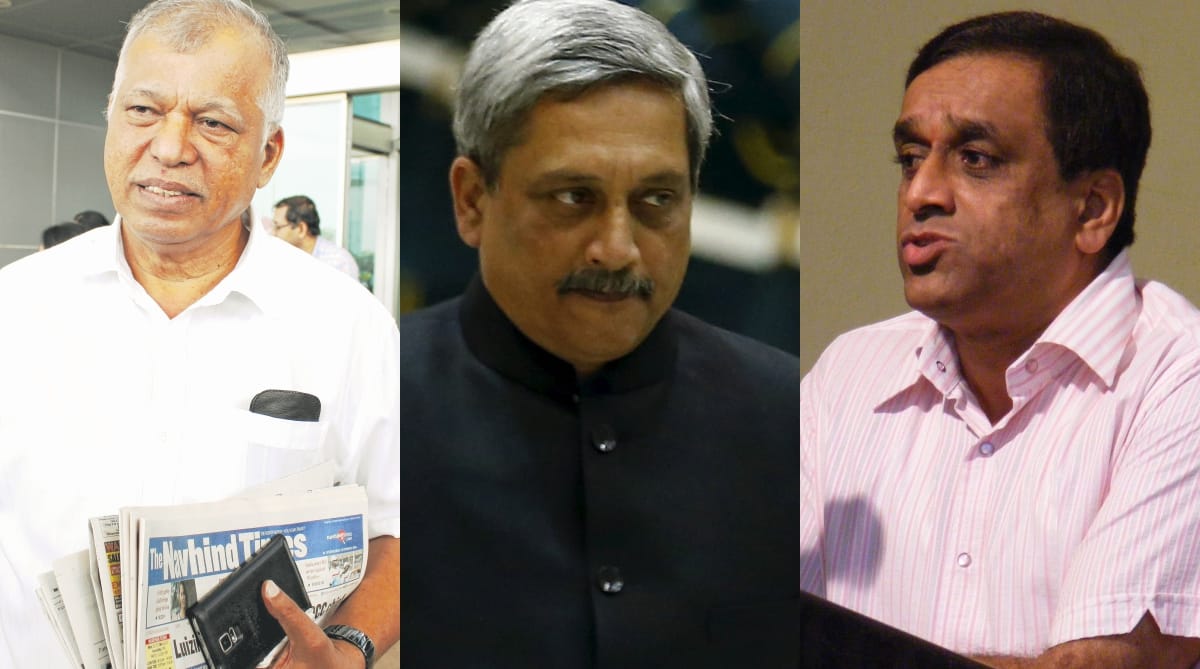An important lifeline of many villages in Sanquem and Quepem, the once abundant Kushavati, which is a significant tributary of the Zuari, is witnessing a drastic drop in water levels for the first time in decades. Originating in Nunde, Sanquem in Nasa dongor, it flows through the Netravali Wildlife Sanctuary before joining the Zuari River at Xelvon.
According to a Times of India report, the ghost of the mining past has come to haunt the residents and farmers of Sanguem and Quepem who are reeling under a severe water shortage. Locals and environmentalists alike are blaming mining and other anthropogenic activities resulting in the base flow or subsurface of the flow being diverted and reduction in the river depth.
Sources further indicate that environmentalists blame haphazard mining in the river’s catchment area without adequate environmental safeguards for this ebb, which is gaining serious proportions. Apparently, while open pit mining has diverted the base flow of the river, siltation by mining sediment has reduced the depth.
Speaking to the Times of India, Horticulturist, Vitthal Khandeparkar of Quepem says, “For the first time in twenty years we have seen the level of the Kushavati dip.” With the paucity of irrigation water due to decrease in Kushavati’s flow, horticultural and other crops have been affected.
“There are huge mining pits on both sides of the river banks. The level of these pits is far below the river level, which cuts the subsurface flow into the river. Nearby surface bodies have also been affected,” he adds. He cites rampant garbage dumping by picnickers and removal of the vasant bhandaras plates by frequent swimmers.
According to Times of India report according to WRD information there are were an overwhelming 170 mining leases operational in the Kushavati area itself. And although mining operations have come to a halt, laterite quarrying continues unabated.
While concerted efforts are being made by officials, locals have also been urged to help with conservation efforts. Speaking to the Times of India, Chief Engineer, Water Resources Department, (WRD) Shrikant Patil, said, “There is need of a vigilant local population like villagers of Sal in Bicholim. Our locals cannot solely monitor the vasant bhandaras, locals have to come forward in discouraging picnickers.”
Doing his part to elevate the situation, doctor and horticulturist from Kitmorod-Colomb in Saguem, Dr Avdhut Prabhudesai shared his efforts with Times of India. “We have protected our 50 acre horticulture by not allowing deforestation. Everyone has to contribute in protecting the catchment area and flood plain f the river. Only then will we be able to protect the natural flow of the river.”




